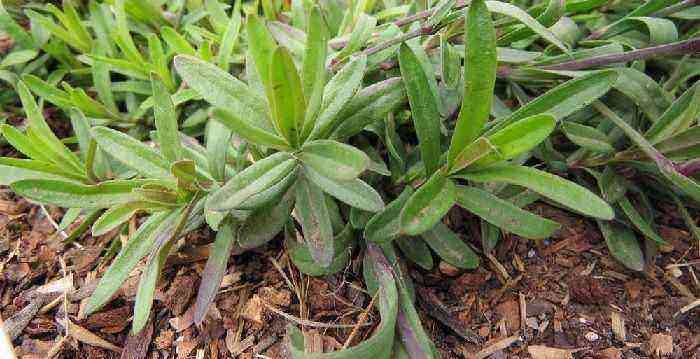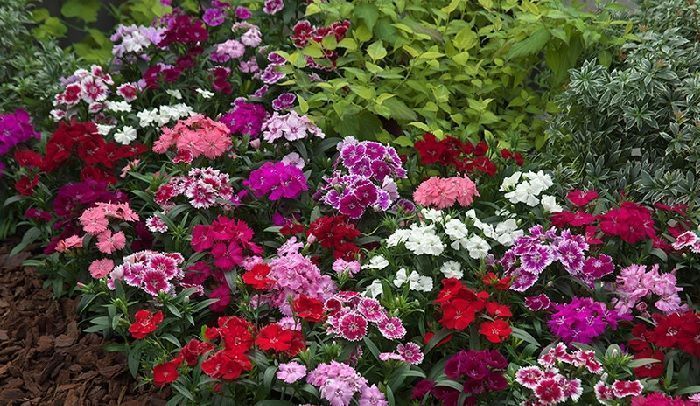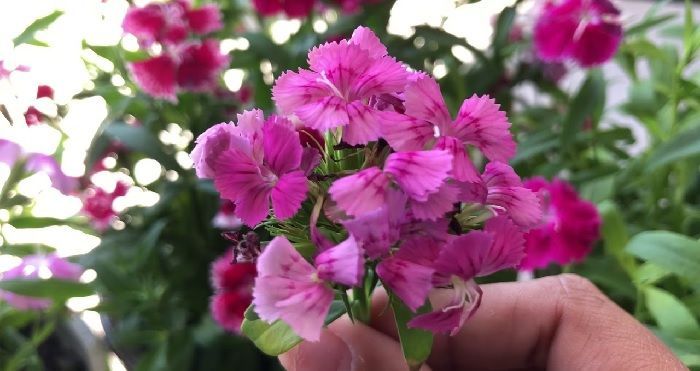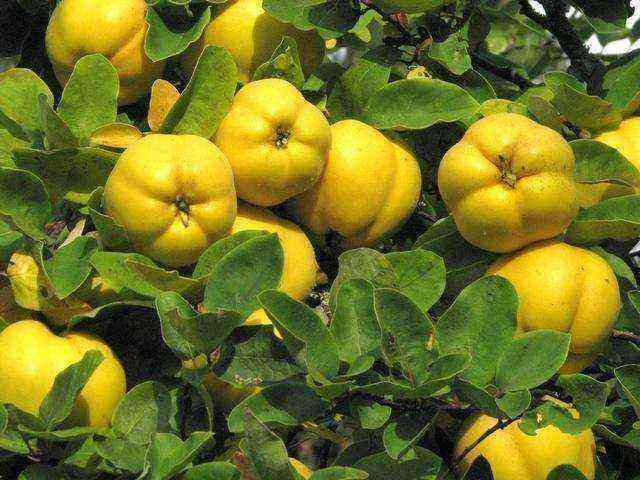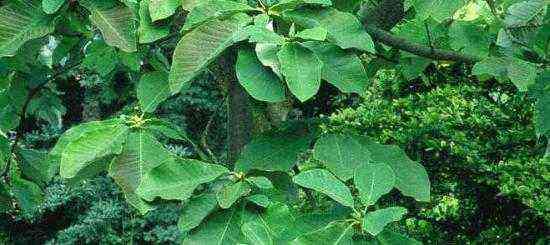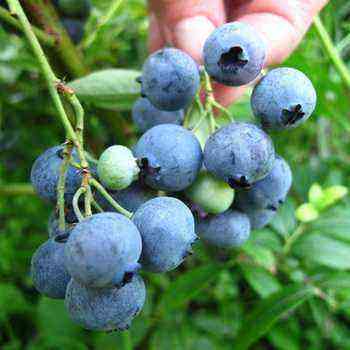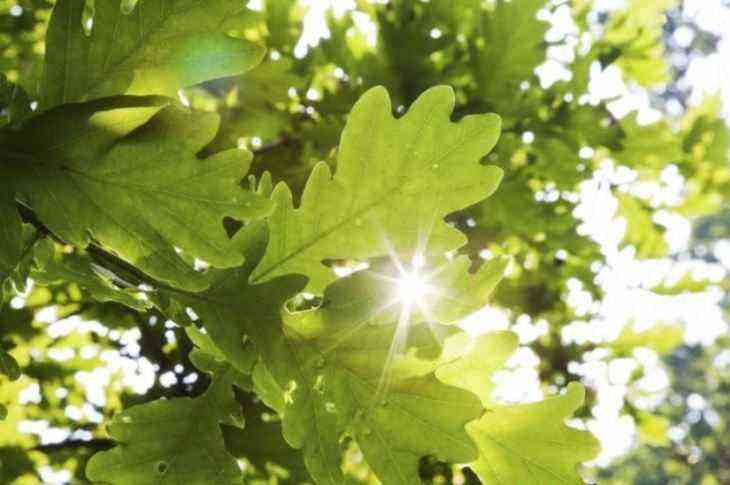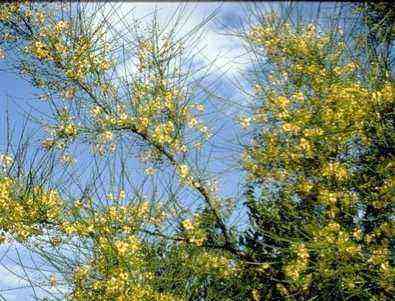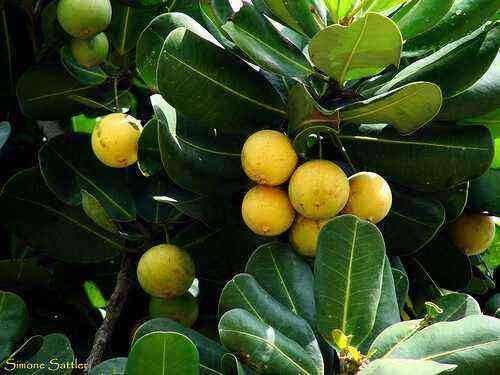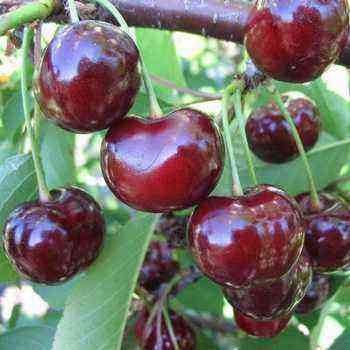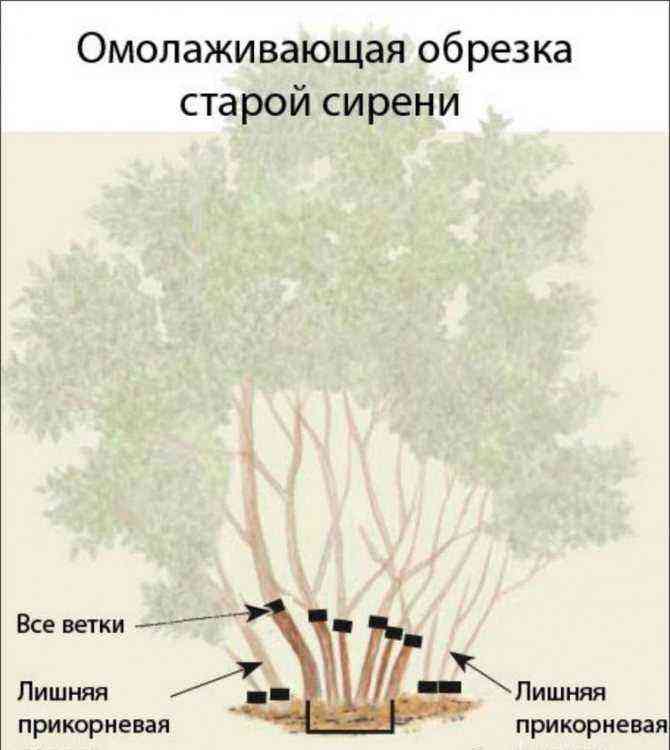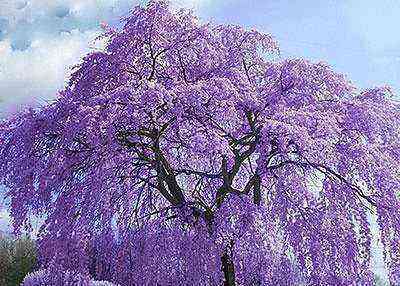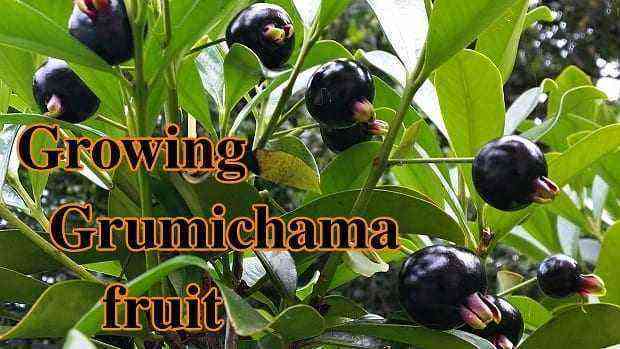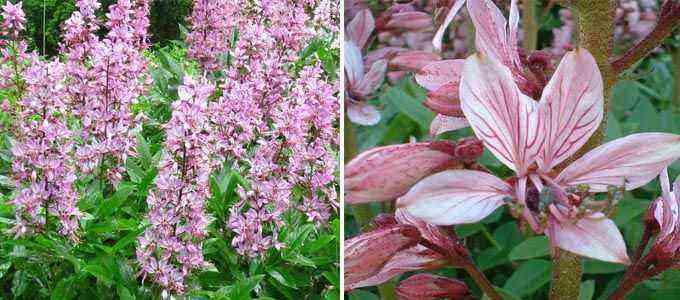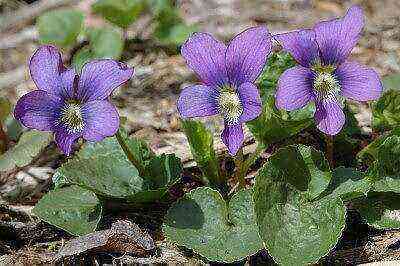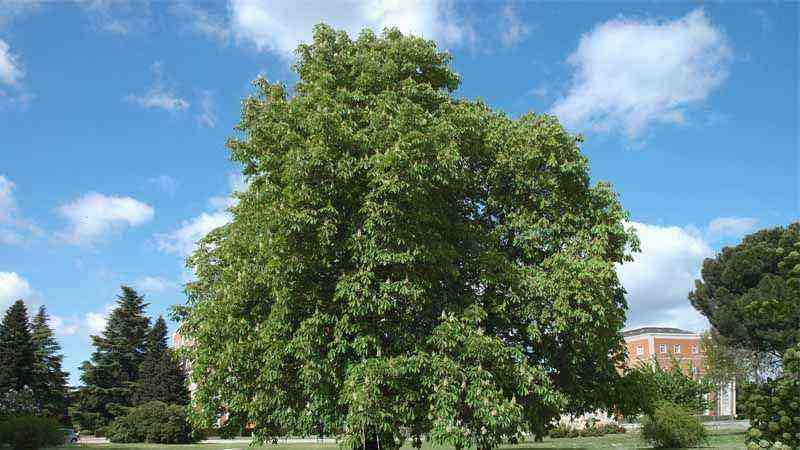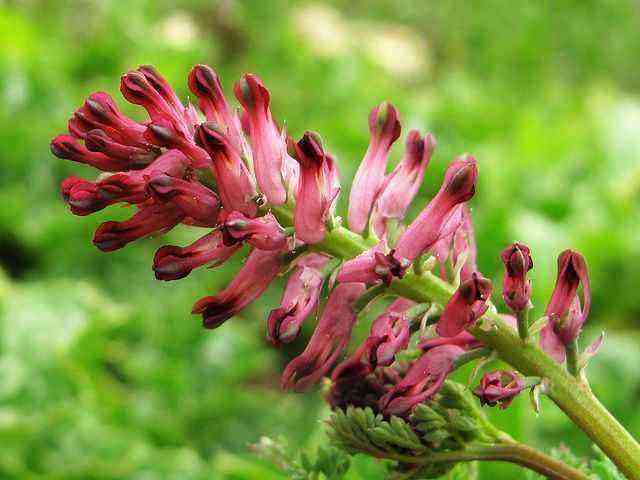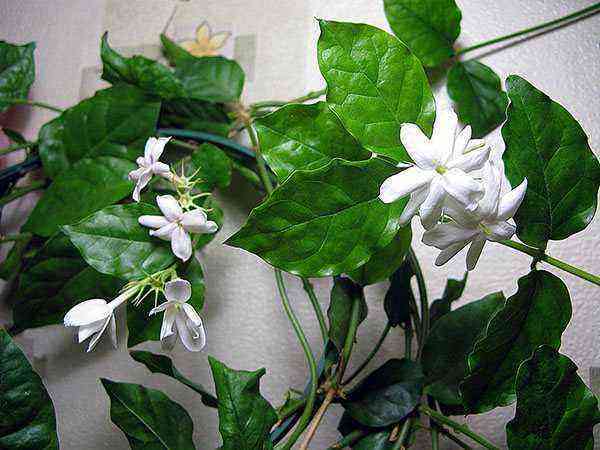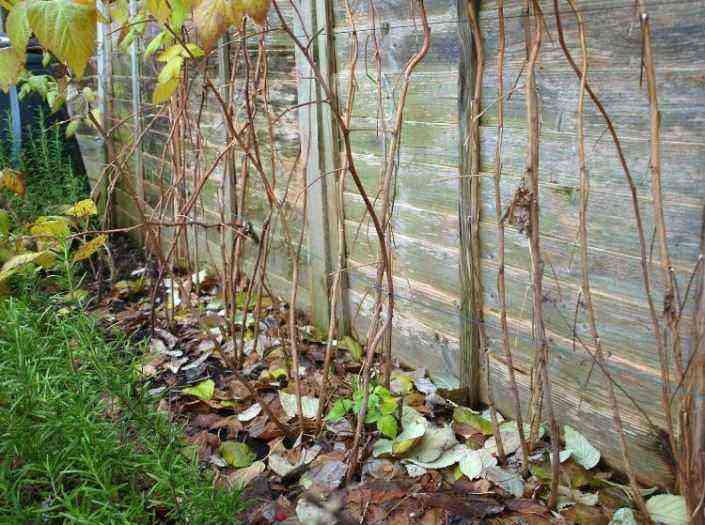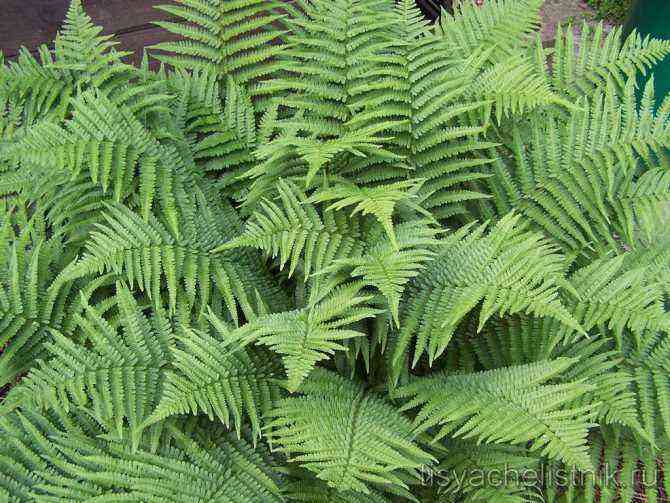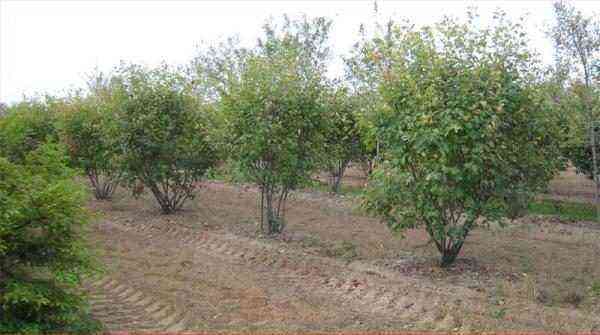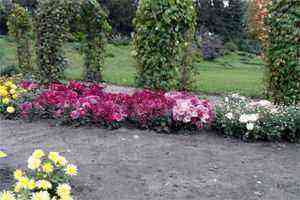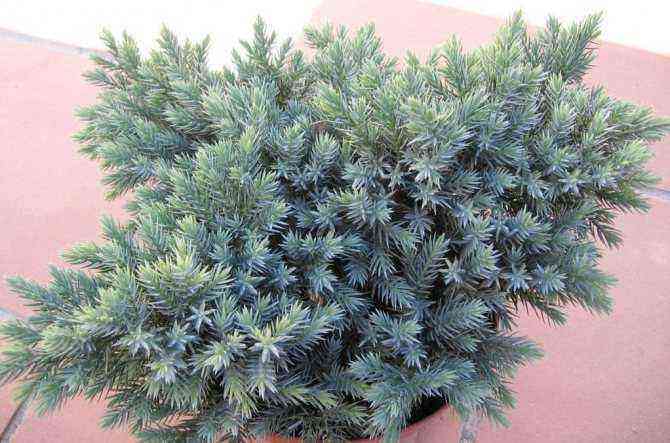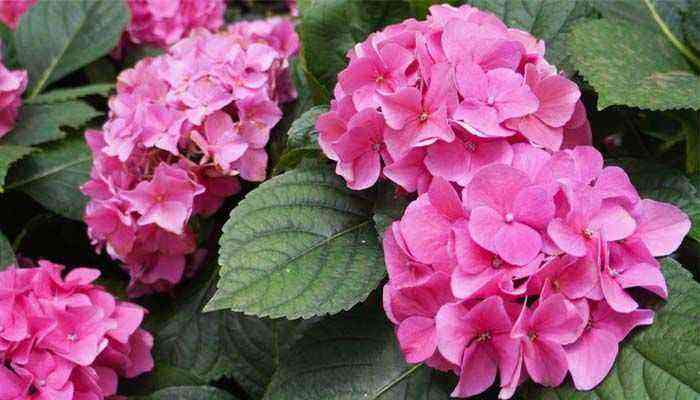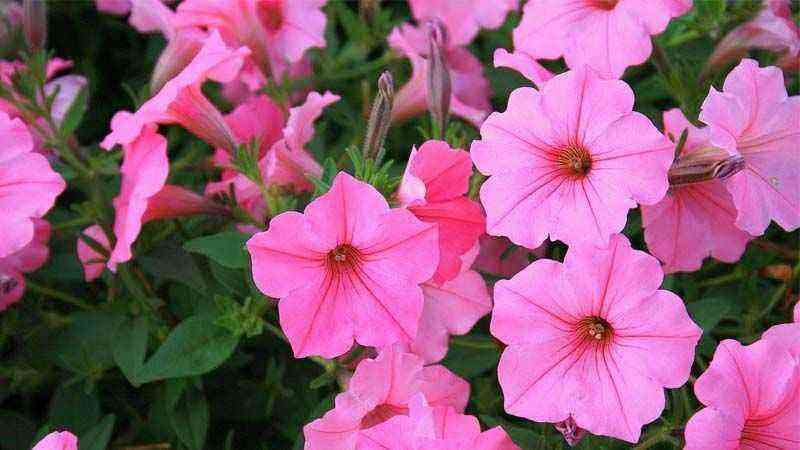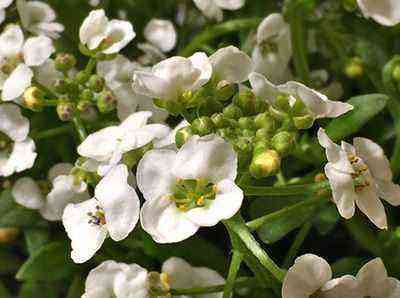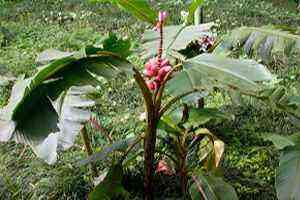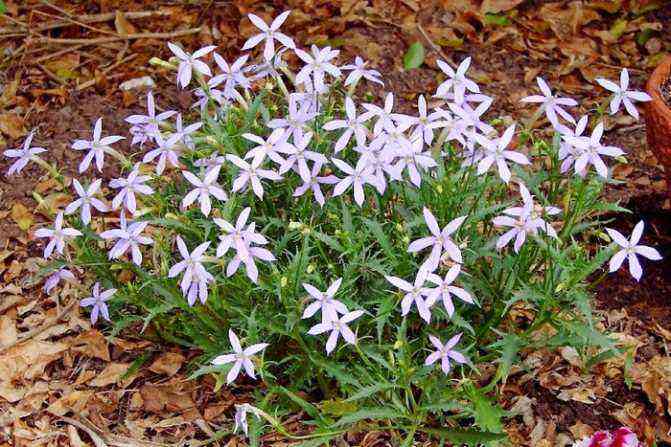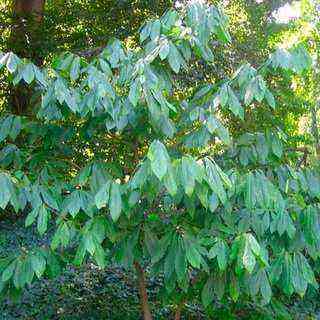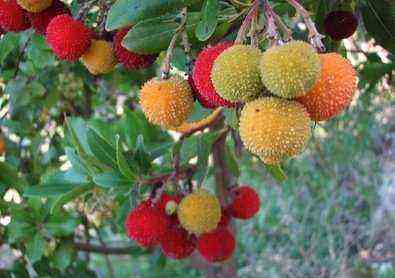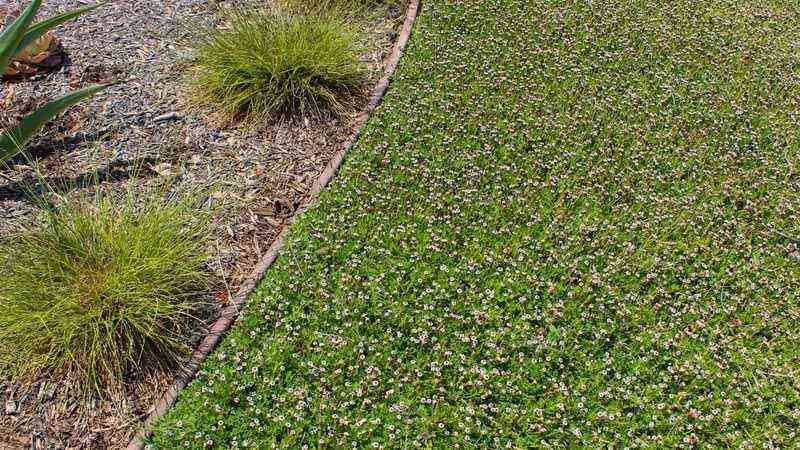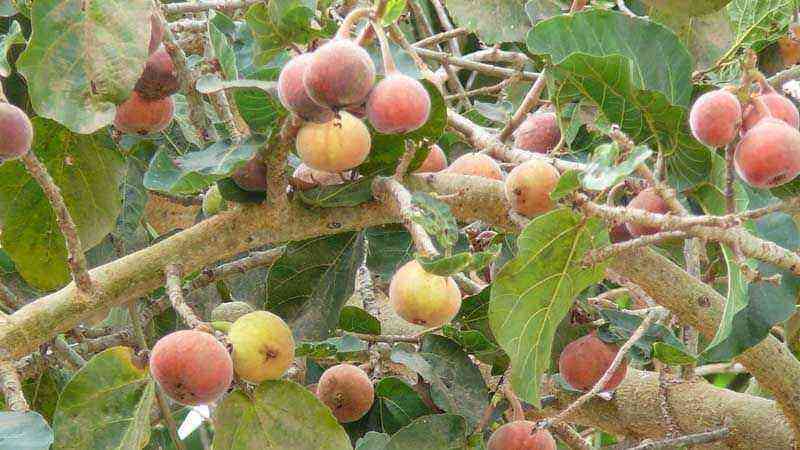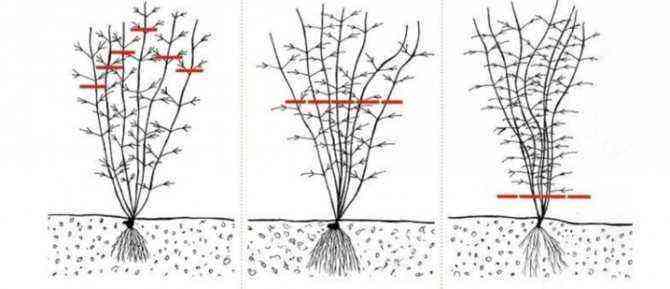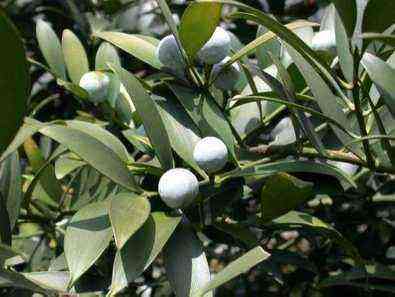Already in the article that we talked about the rockery garden we mentioned the carnation (Dianthus deltoides) as a perfect plant for this type of situation.
Thanks to its upholstery attitude, it is usually used to cover empty spaces in walks, gardens, areas near ponds, etc.
Its cultivation is simple if we comply with the small requirements that it demands of us, giving us great satisfaction when it comes to flowering.
Origin, history and evolution of the carnation
La carnation is considered as a vivacious plant. This means that it is perennial. Outside the flowering season, it will maintain its entire plant structure.
It belongs to the caryophilic family (Caryophyllaceae), a grouping of herbs and plants that offer intense flowering in their time.
[alert style = »yellow»] It is common to see different scientific names for carnation. This is because it is a fairly widespread and well-known plant. We can see names like Dianthus deltoides, Dianthus chinensis, etc. [/alert]
Mentioning its physical characteristics, it is a creeping type plant that rarely reaches 30 centimeters in height. Larger sizes are likely to be pruned to promote horizontal development (unless its cultivation is in a pot).
It follows a growth scheme similar to that of the carnation cultivation and its variants. A tightly packed bloom and thin diameter greyish green stems.
Its flowers are small, between 2 and 4 centimeters in diameter, which are born in small groups (and sometimes alone).
We can find many colors on the market, depending on the variety and commercial hybrids. The most common are pink colors, although we find intense reds, purples, whites and a mixture of them (bi or tricolor).
Use in garden
The carnation is a floor covering species, useful for rock gardens, carpets or ornamental mantles between shrub species or large trees (such as palm trees).
Depending on the pruning we give to our carnation, we will have more of a horizontal development as a wallcovering species, or we will keep it more vertical, grouped among other types of flowers.
We give you an example of a daily use or planting of Dianthus:
In this image we see different types of carnations that form a very harmonized composition. We found some hybrids like the Dianthus F1 Telstar.
How to grow carnation (Dianthus deltoides) in your garden
Light and weather
Dianthus deltoides it is a plant that consumes photosynthesis, that is, light. Only in midsummer and with a very powerful sun can its flowering be diminished.
In this case, if we live in areas with hot and intense summers, we can look for a semi-shady area, particularly better with daylight and shade starting in the afternoon.
The incidence of light on the carnation is very important to guarantee a prominent bloom. We will be looking for nutritional products that help us in flowering without achieving results if the arrangement of the plant in the garden is not adequate.
With regards to climatology, the carnation resists the wide range of temperatures very well. It is moderately resistant to frost even below -3 degrees.
Soil characteristics
It prefers loose, limestone soils with an alkaline pH (above 7). Its original habitat has a significant presence of sand, so in drainage issue of ground, we must be at the height.
We cannot neglect humidity, so it is highly recommended to use a good layer of organic matter in the first 2 or 3 centimeters of soil.
With this, we will achieve the following benefits:
- Moisture retention and greater consistency with the irrigation contribution
- Gradual release of nutrients (and micronutrients) through irrigation water
- Better temperature control (hotter in winter and colder in summer)
- Increased nutrient absorption capacity by carnation roots
Irrigation and fertilizer
Dianthus deltoides it is a plant that demands constant light humidity.
The amount of irrigation to provide will depend on the location of our garden (intensity of the Sun, wind, shade, etc.).
Being a kind of wallcovering type, it is better to look for sprinkler drippers or even exuding irrigation, which considerably increases the wet bulb.
If we talk about figures, as a general concept, we will apply water 3 to 4 times a week during spring and summer and early autumn, reducing watering to 1 or a maximum of 2 (depending on the average temperature) in winter.
As to subscriber, In the months where the growth of new stems and flowering takes place, it is essential to fertilize. Especially if we have not been generous with the contribution of organic matter or it has already been consumed.
A early spring, we will replace the layer of organic matter or we will contribute 20 to 40 grams per square meter of carnation crop.
A common NPK formula for these types of plants is a 2-1-2 equilibrium or similar. For example, a commercial granular fertilizer would be NPK (MG-S) 12-8-16 (3Mg-25S) and micronutrients.
Between spring and late autumn we will have to add at least 3 times this fertilizer, distributed 1 time a month or 1 time every 45 days, as a general rule.
Growing in pots
To grow potted carnation we will follow a very similar scheme to what we have commented
Pay special attention to the initial substrate (rich in nutrients) and to the water supply.
In this case, it is better to fall short than go overboard, as the number 1 case of rot of plants at home or indoors.
The fertilizer, granulated and in small quantity every 15 days from the time of budding and flowering.
Carnation multiplication
Dianthus deltoides has various forms of multiplication, both by seeds as by cuttings.
Equally, it is a cheap plant to buy in nurseries, for less experienced people or with little patience.
The germination of carnation can be done throughout the year, if we live in a mild climate. It germinates quickly, in 1 or 2 weeks and has a fairly vigorous growth.
Pruning and maintenance
Depending on the intention we have, either as a wallcovering species or in a pot, we will carry out one pruning or another.
At the end of flowering, when even cold temperatures have not reached most places, it is the perfect time to perform the pruning carnations.
We will remove both withered flowers and stems that have dried (or rotted). More generous in the cut if we are looking for a horizontal development as upholstery.
We can also play to design shapes with the plant grouping, such as circles or undulations.
You have to cut the withered flowers and the stems that are drying. It is also advisable to lower its height a little in early spring or autumn -no more than 5cm- to have a plant with more stems.
When will my carnation bloom?
It blooms from June to September, advancing up to a month in Mediterranean climates with milder temperatures.
Pests and diseases Dianthus deltoides
Plants of the genus Dianthus They have not been recognized for their sensitivity to pests and diseases.
Most common insects in carnation cultivation
There are many common insects on all types of plants, including carnation, such as:
- Aphids
- Mealybugs
- Insect larvae Aphrophora
Among the diseases, The most common, and one that breaks the patience of many urban gardeners, is the hongo Phytophthora.
It takes advantage of situations of plant weakness, such as puddles or root suffocation. I rise from the substrate for the sap and dry entire stems.
It is very visible and identifiable both on the stem and on the leaves and its elimination is very complicated (use of potentially dangerous chemicals).
Short and spaced waterings are the best preventive weapon to avoid the appearance of this fungus on your carnations.
